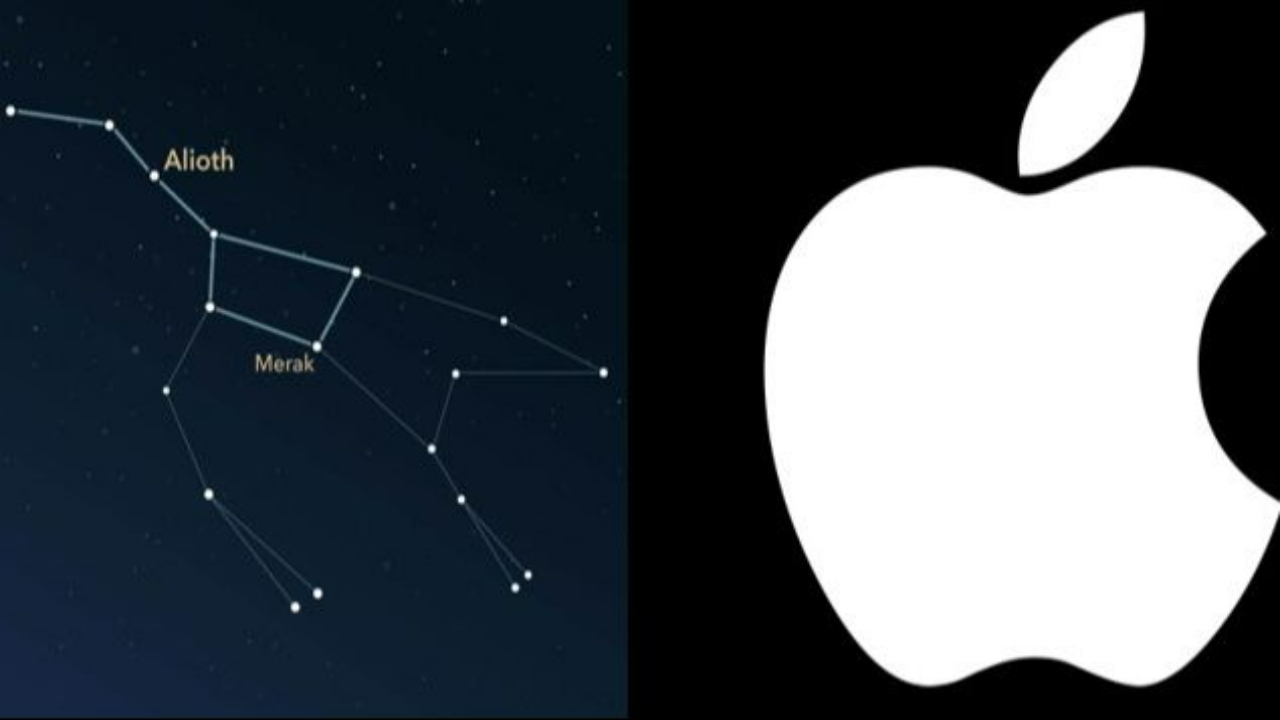It is increasingly difficult to differentiate yourself among all the advertising and marketing noise. Brand storytelling is a powerful method to connect with your audience and stand out. Storytelling is not just about selling products. It’s about crafting narratives that connect, stir emotions, and foster enduring relationships with your audience.
This blog post explores the significance of storytelling in brand promotion and offers insights on crafting compelling narratives that genuinely resonate with your audience. Additionally, we will connect storytelling to the Promotion Star in the Brand Constellations Framework, highlighting its role in effective communication and engagement.
The Role of Storytelling in Brand Promotion
Building Emotional Connections
Stories have the unique ability to evoke emotions. Traditional advertising emphasizes product features and benefits, while storytelling uncovers the brand’s values, mission, and human elements. Building an emotional connection can strengthen your relationship with the audience, increasing their support for your brand.
Differentiating Your Brand
In competitive markets, differentiation is key. Brands can differentiate themselves by using storytelling to share distinct narratives that embody their history, mission, and vision. By crafting these stories, the brand establishes a unique identity that sets it apart from competitors and makes it memorable to consumers.
Enhancing Brand Recall
It’s easier to recall a captivating story than a list of product features. Incorporating narratives into your marketing boosts brand recall. The more consumers remember your story, the higher the chances they will recall your brand when making purchasing decisions.
Creating Trust and Credibility
Authentic storytelling is a powerful tool for fostering trust and credibility. By sharing authentic stories about their origins, challenges, successes, and values, brands make themselves more relatable, fostering consumer trust. Transparency in storytelling creates an authentic connection with skeptical consumers.
Driving Engagement
Stories are inherently engaging. They capture attention, spark curiosity, and encourage interaction. When you incorporate storytelling into your marketing strategy, you can increase engagement levels on various platforms such as social media and your website.
Crafting Compelling Narratives
Understand Your Audience
To tell a story effectively, you must deeply understand your audience. Understand what they prefer, what bothers them, what they value, and what they’re interested in. Adapting your stories to connect with your intended audience guarantees a meaningful and powerful message.
Define Your Brand’s Core Message
Start by establishing your brand’s core message before crafting your narrative. What are your brand’s mission, values, and vision? What makes your brand unique? Make sure every story you share stays consistent and coherent with this core message.
Create a Story Arc
The structure of a compelling narrative usually involves a story arc with a beginning, middle, and end. Introduce a relatable character facing a challenge and show how it is resolved. This structure keeps the audience engaged and invested in the story.
Incorporate Authenticity
Authenticity is crucial in storytelling. Tell authentic stories about your brand’s journey, obstacles, and successes. Highlight the human side of your brand, showcasing the people behind it and their passion. Authentic stories are more relatable and trustworthy.
Use Visual and Emotional Elements
Enhance your narrative with visual and emotional elements. Use imagery, videos, and infographics to make your story more vivid and engaging. Stir emotions by using powerful language, authentic experiences, and relatable scenarios. The key to making your story memorable is emotional resonance.
Engage Across Multiple Channels
Share your brand stories across various channels to reach a wider audience. Use various platforms like social media, blogs, videos, podcasts, and email marketing to share your stories. Adapt your content to suit each platform and captivate your audience with different methods.
Encourage User-Generated Content
Involve your customers in your storytelling efforts. Encourage them to share their own stories and experiences with your brand. User-generated content adds authenticity and credibility to your brand narrative and fosters a sense of community and loyalty.
The Promotion Star: Leveraging Storytelling for Effective Communication
In the Brand Constellations Framework, the Promotion Star emphasizes the significance of marketing communication and audience engagement. Storytelling is a critical component of this star, as it enhances the way brands communicate their messages and connect with their audiences. Here’s how to apply the Promotion Star principles through storytelling.
Consistency in Messaging
Ensure that your stories are consistent with your brand’s core message and values. Consistency builds trust and reinforces your brand identity.
Engagement and Interaction
Use storytelling to engage with your audience on a deeper level. Encourage interaction through comments, shares, and discussions, fostering a sense of community.
Emotional Connection
Craft stories that evoke emotions, creating a lasting impact on your audience. Emotional connections drive loyalty and advocacy.
Multichannel Approach
Share your stories across multiple platforms to maximize reach and impact. Tailor your narratives to fit the unique characteristics of each channel.
Authenticity and Transparency
Be authentic in your storytelling. Share real, transparent stories that humanize your brand and build credibility.
Using the Power of Storytelling to Build your Brand
Brand storytelling is a powerful tool that can transform your marketing efforts, creating connections that last. By knowing your audience, clarifying your main message, and creating captivating, genuine stories, you can set your brand apart, foster emotional bonds, and stimulate involvement.
Effective communication and engagement are crucial in the Promotion Star of the Brand Constellations Framework, with storytelling as a key strategy. Captivate and resonate with your audience by embracing the art of storytelling and watch your brand flourish.




